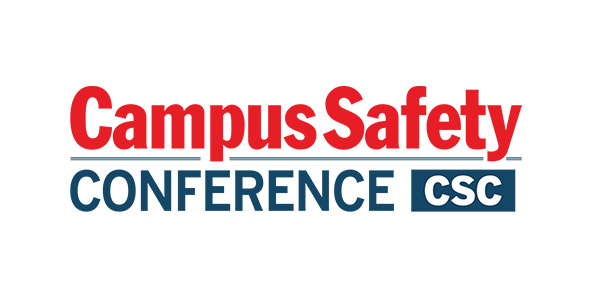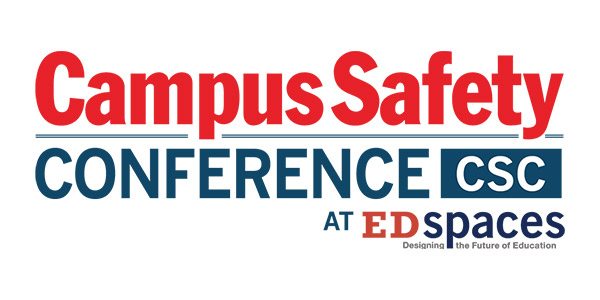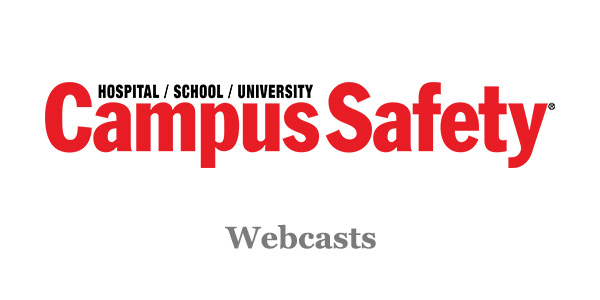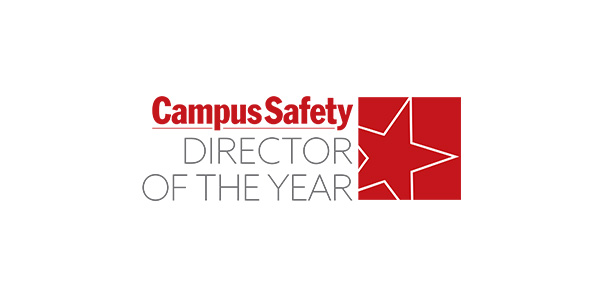A significant breakdown in event planning and security protocols preceded the assassination of political commentator Charlie Kirk at Utah Valley University (UVU) in September. While the university’s planning committee anticipated a moderate audience for the “American Comeback” tour stop, the actual attendance overwhelmed the limited resources on site.
According to reports from ABC News, organizers prepared for an estimated 600 participants based on historical attendance data and an event planning form completed by Turning Point USA. However, more than 3,000 individuals arrived at the campus location, representing a crowd size five times larger than expected.
Discrepancies in Security, Medical Resources and Access Control for Charlie Kirk Event
Official reports indicate that only six UVU police officers were present to manage the crowd of thousands. They were supported only by Kirk’s personal security detail.
Related Article: 8 Tech-Enhanced Tactics for Executive Protection
Medical coverage was similarly insufficient for a gathering of this magnitude. Only two emergency medical personnel were on-site, and authorities confirmed there was no dedicated ambulance or expanded emergency coverage available at the venue.
Compounding the security resource deficit was a lack of strict access controls. The event did not utilize a ticketing system or rigorous entry screening measures.
The assassination occurred almost immediately after the event commenced. Kirk, 31, had been speaking for approximately two minutes when a gunman opened fire. Investigators determined the perpetrator had positioned himself on the rooftop of an adjacent building overlooking the event location.
UVU Response and Policy Review
In the wake of the assassination, Utah Valley University has initiated a comprehensive review of its event management procedures. The administration is currently reassessing safety protocols to prevent similar security lapses in the future.
The university stated it plans to hire additional security personnel for upcoming events and will likely implement stricter requirements for high-profile gatherings. This includes a re-evaluation of how attendance estimates are calculated and a mandate for securing all surrounding infrastructure, including rooftops, for outdoor speaking engagements. The review aims to establish a rigorous framework that ensures the safety of speakers and attendees on campus moving forward.







